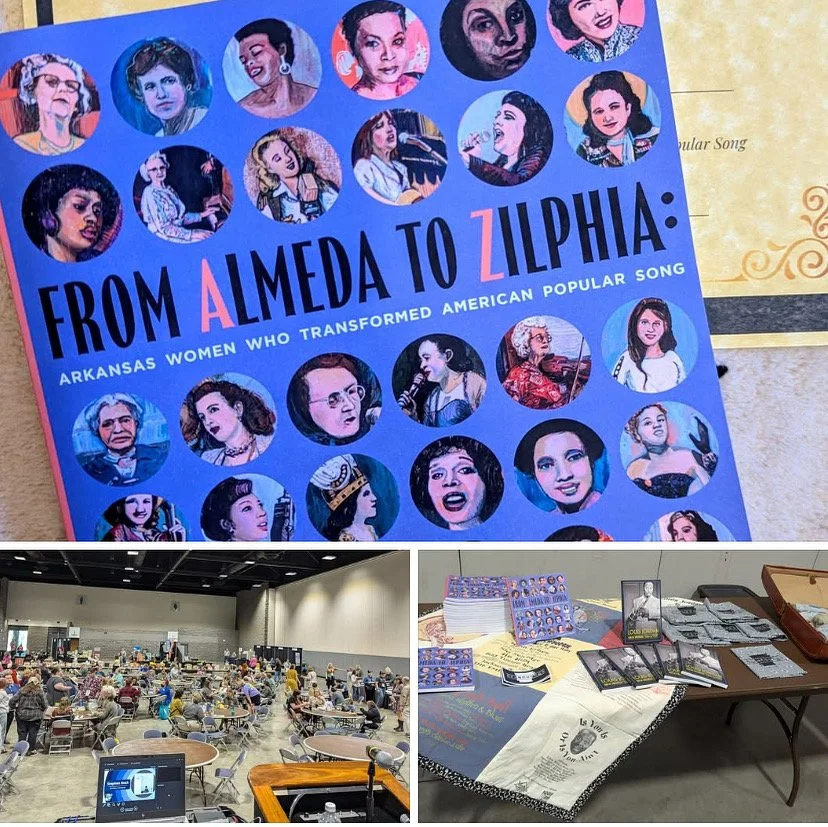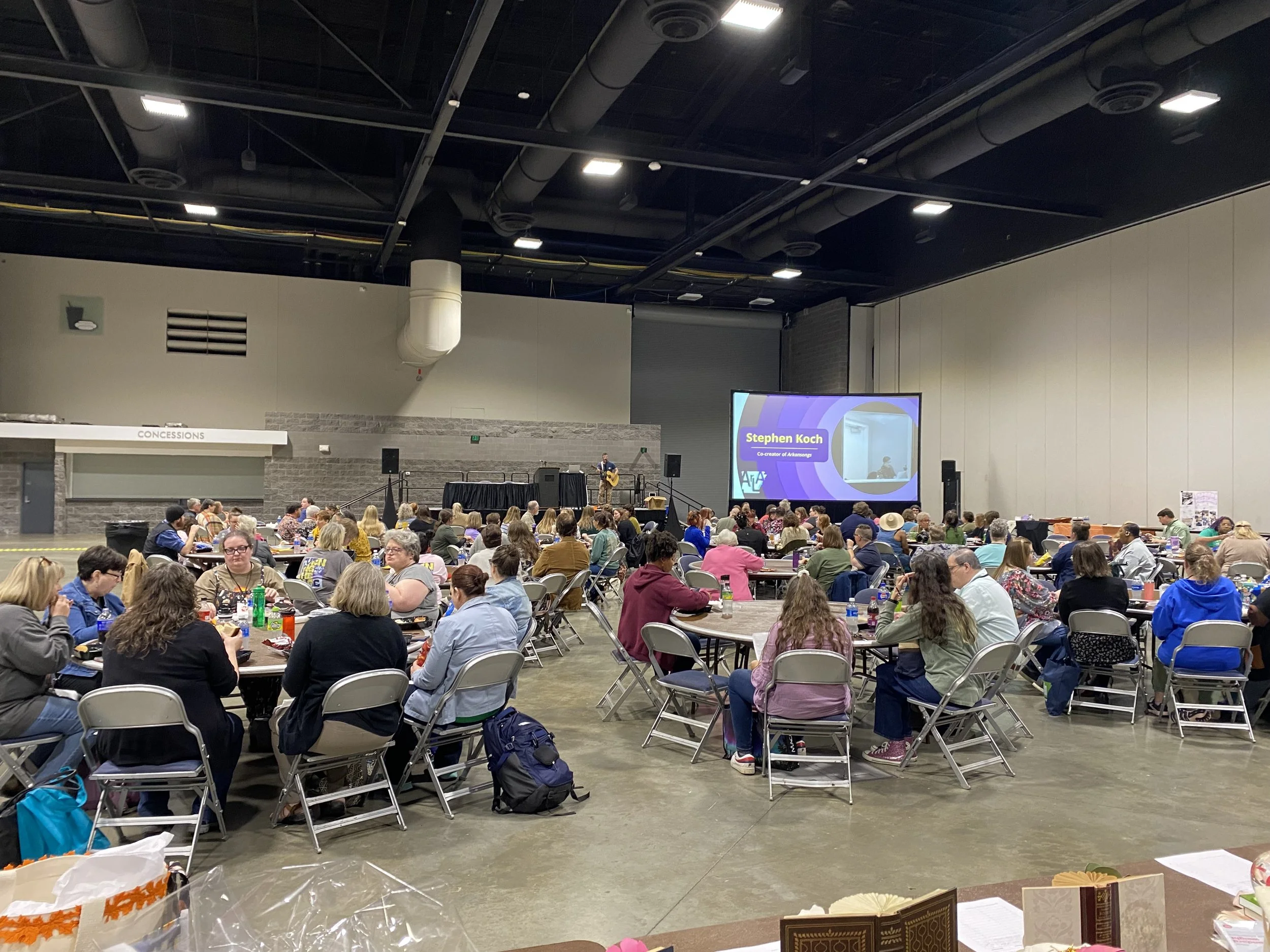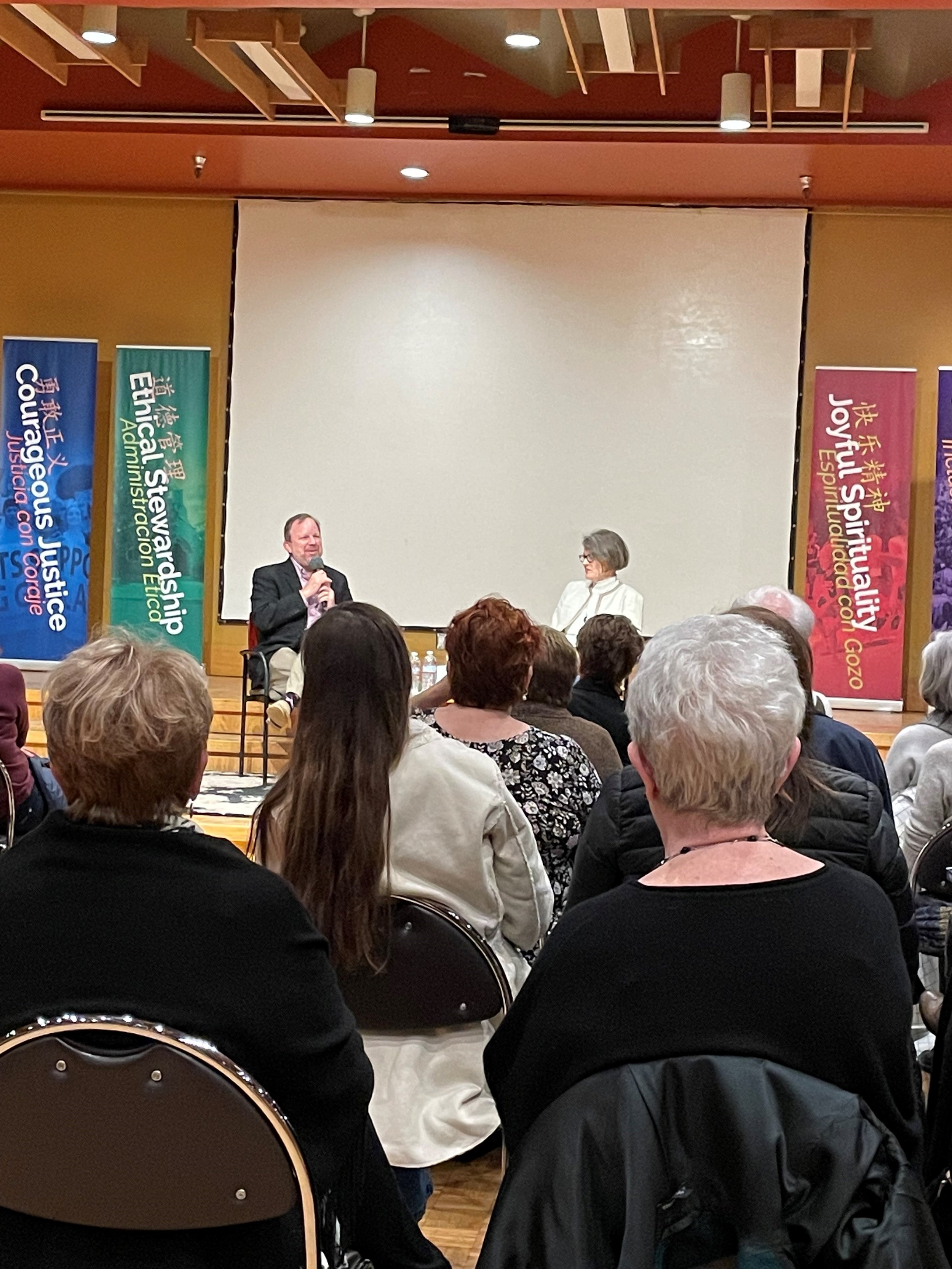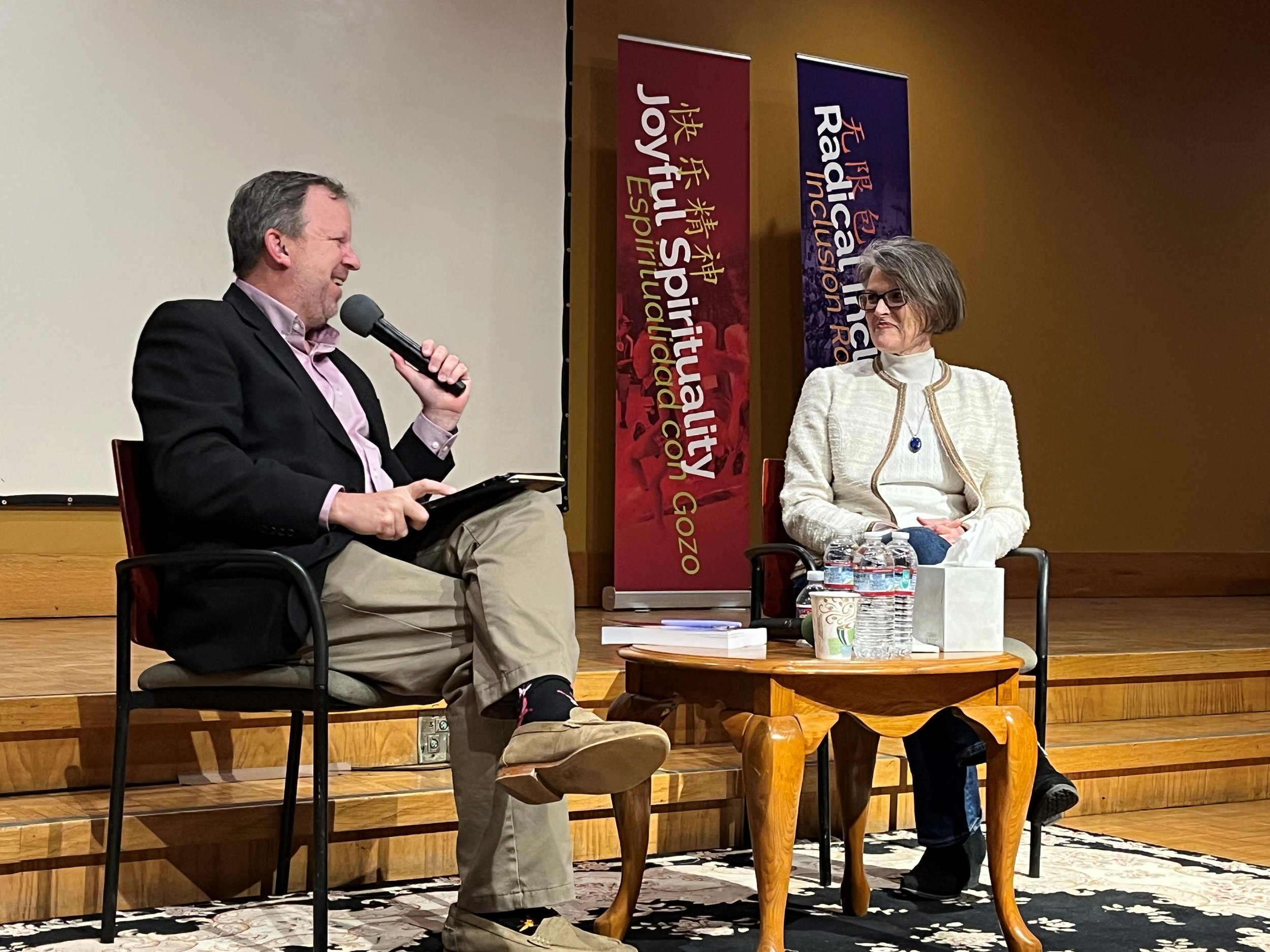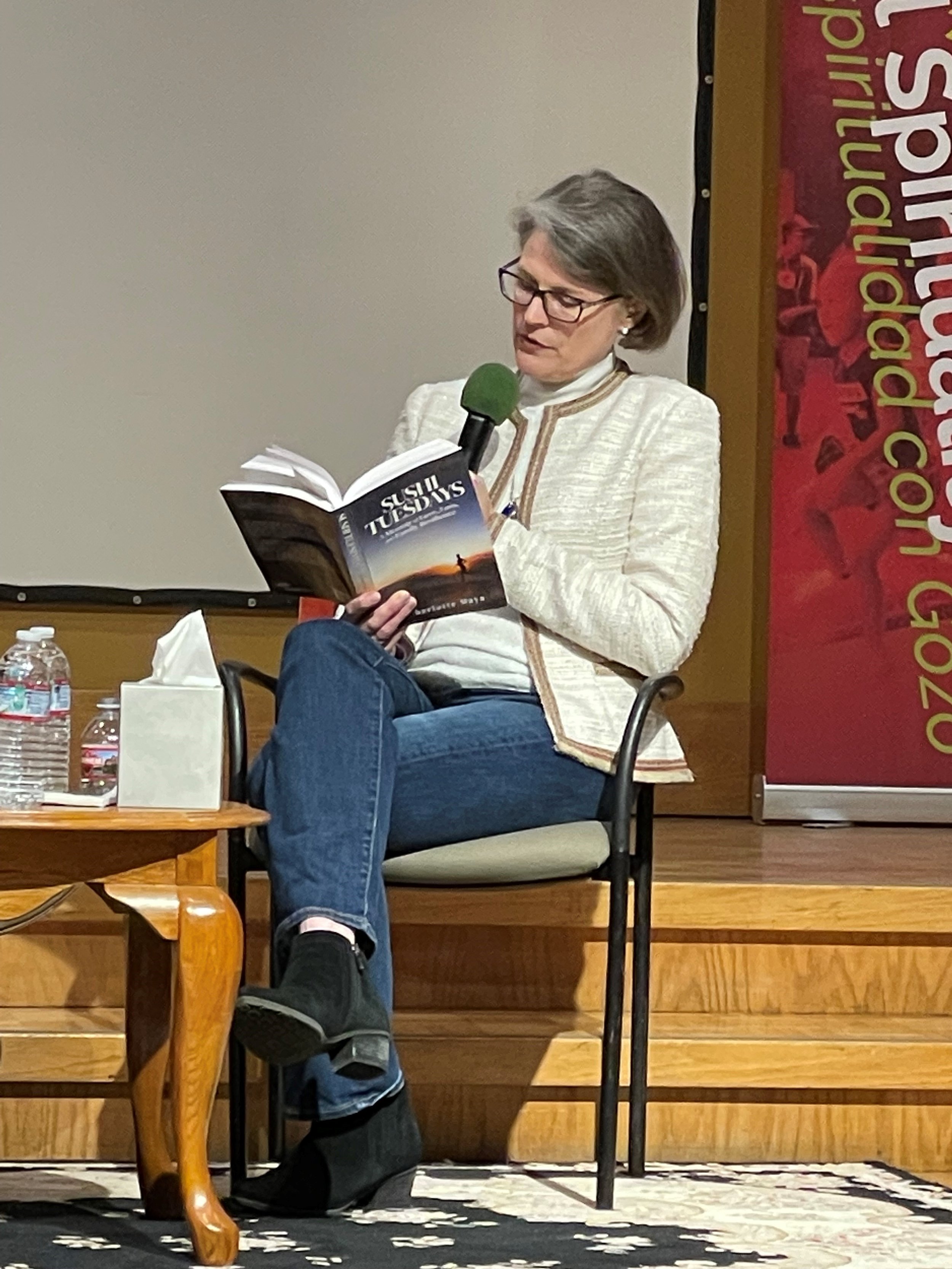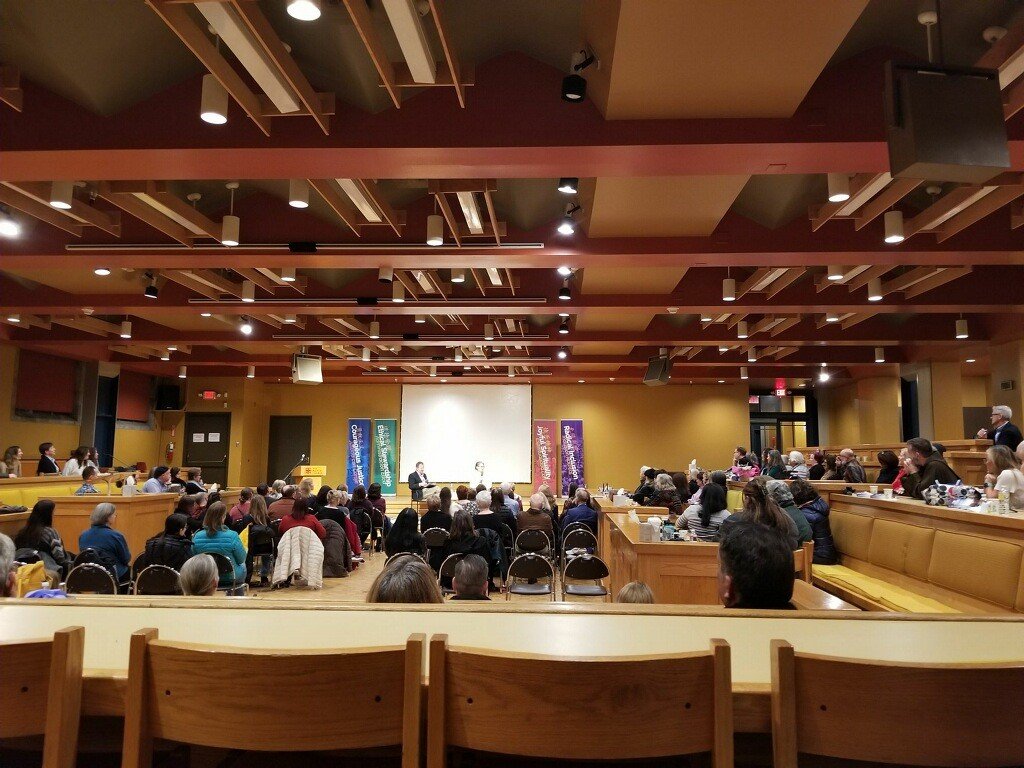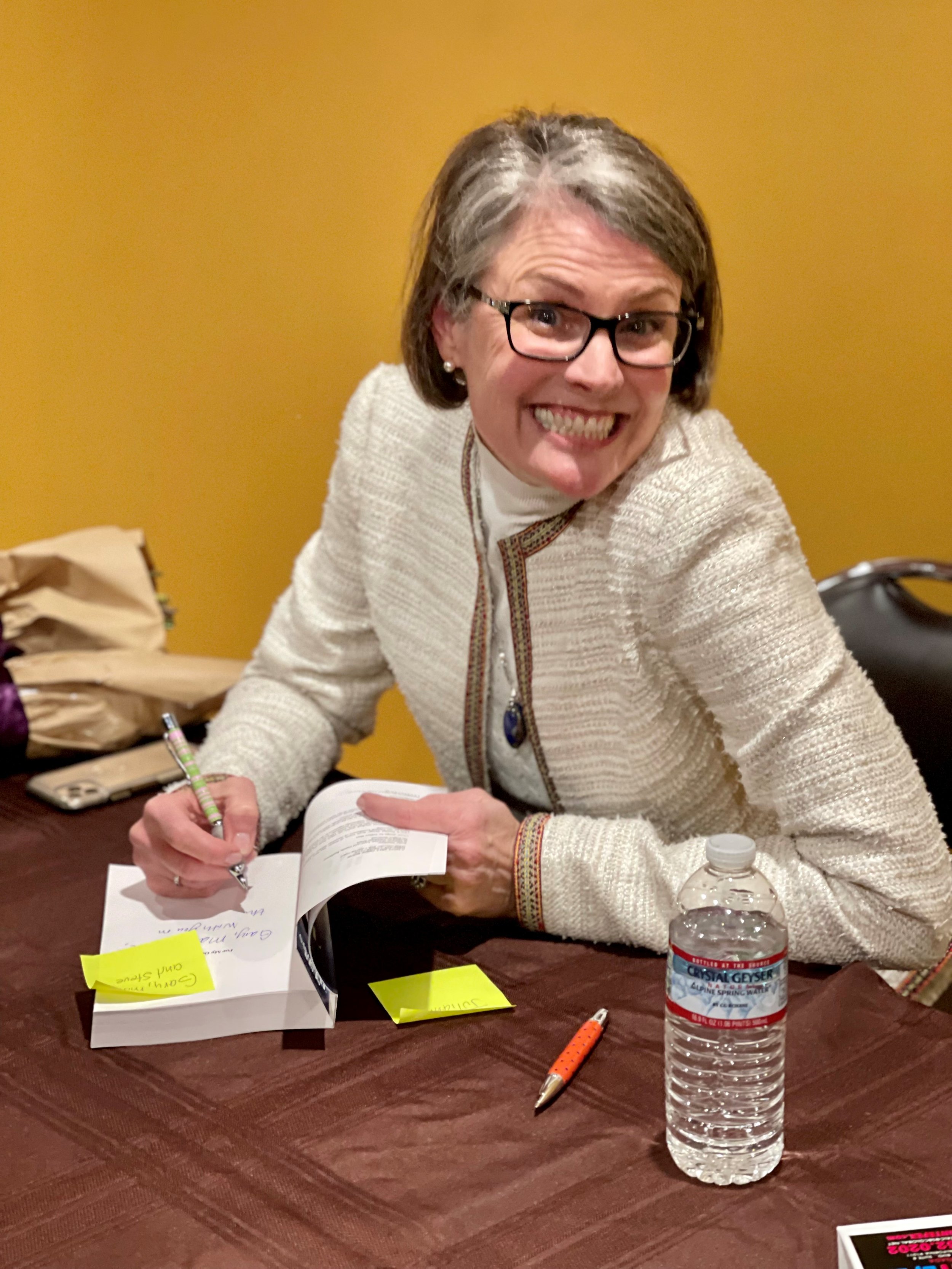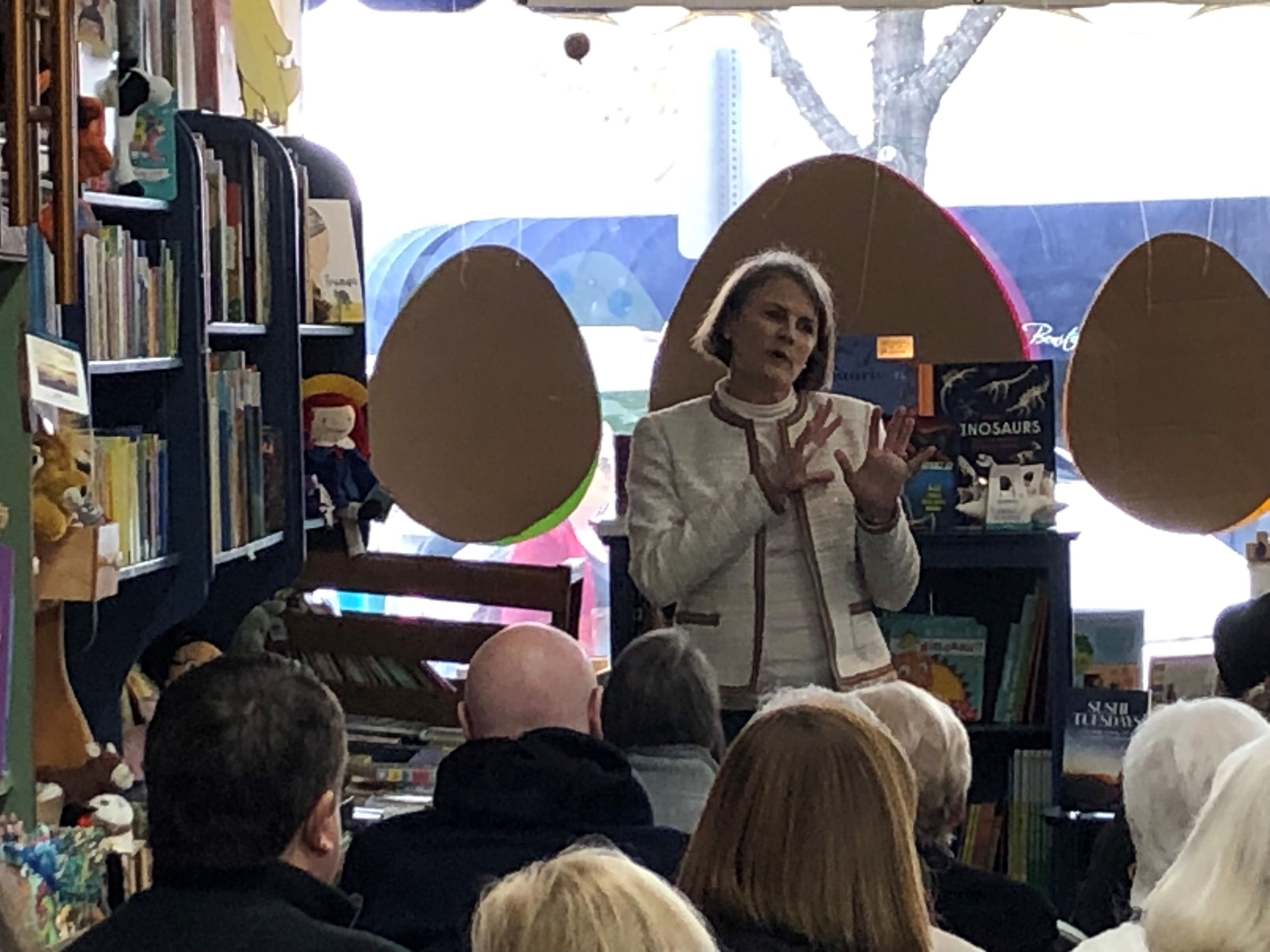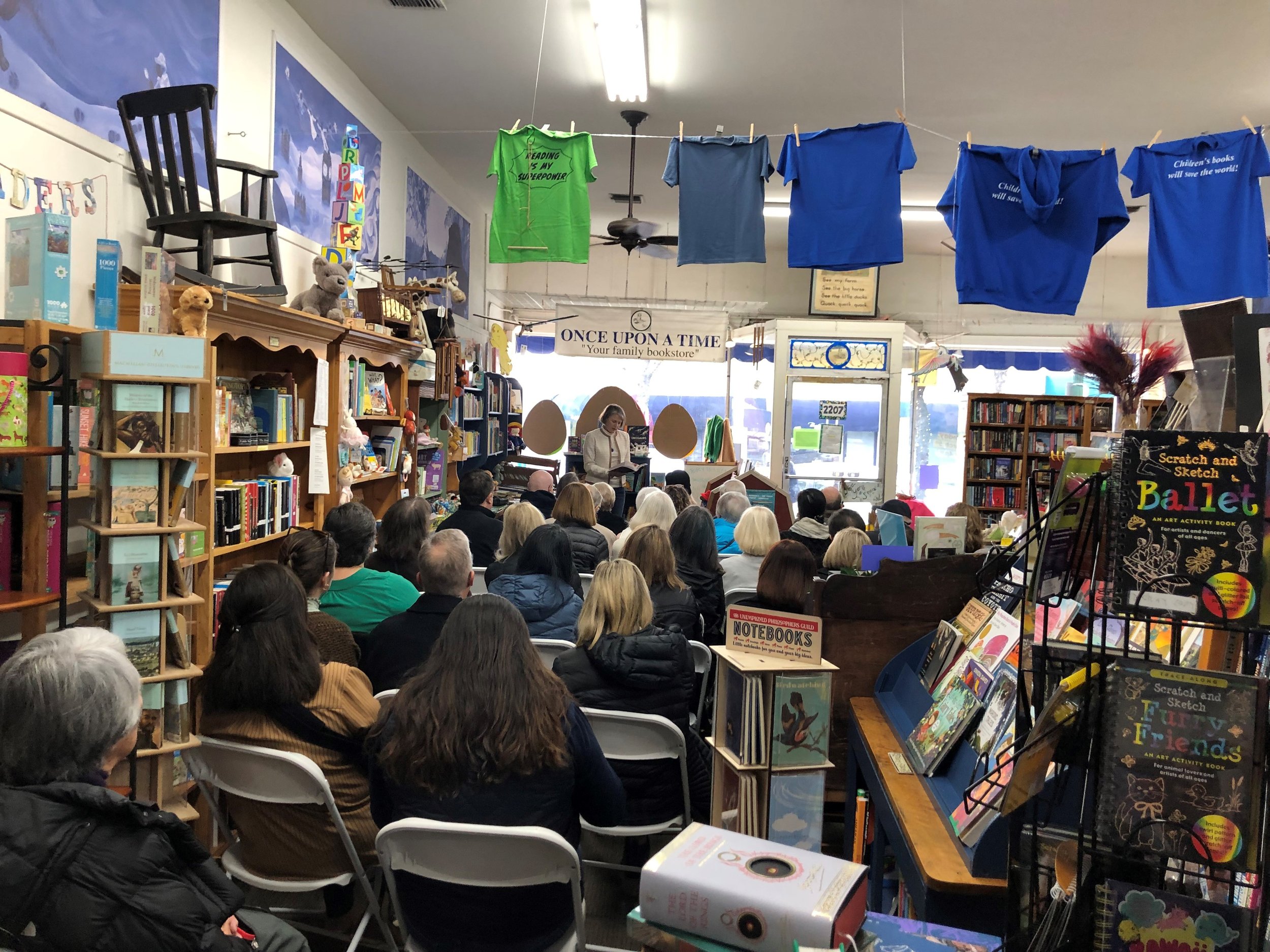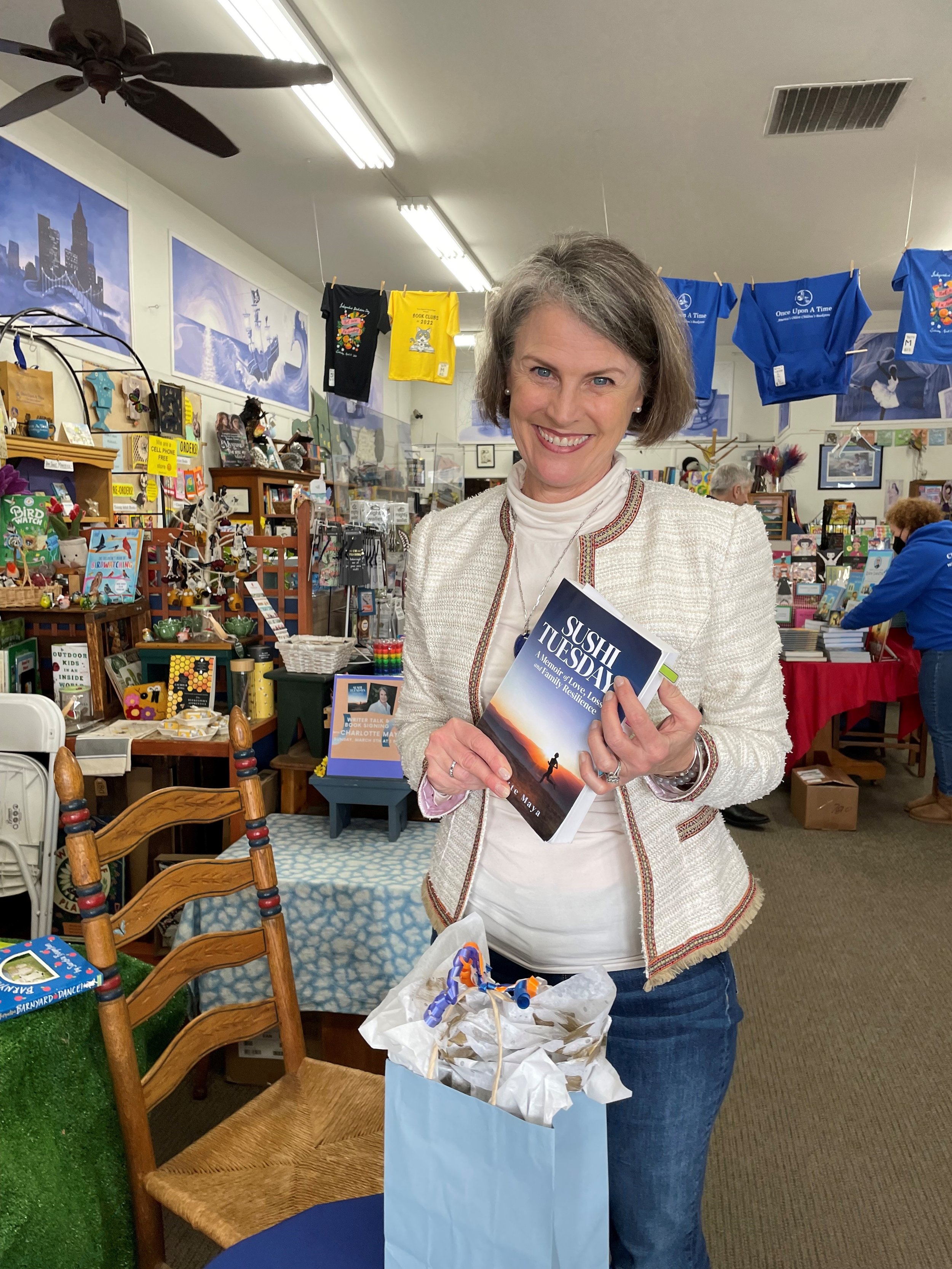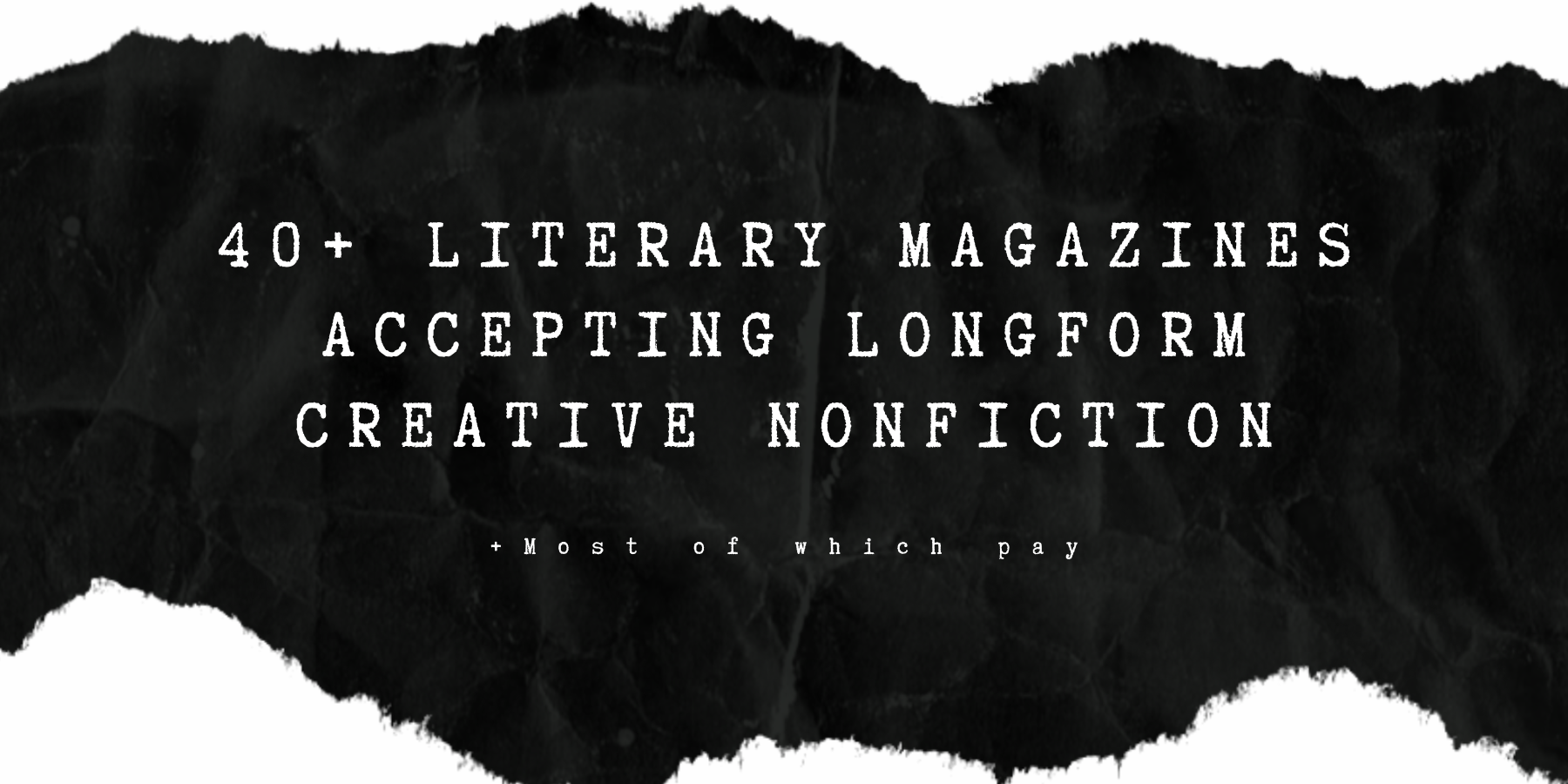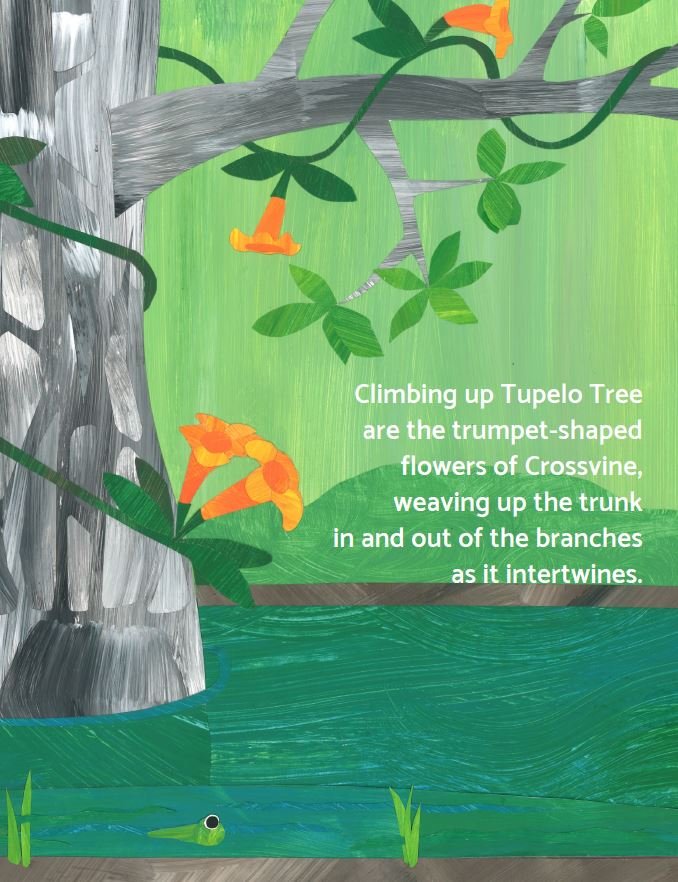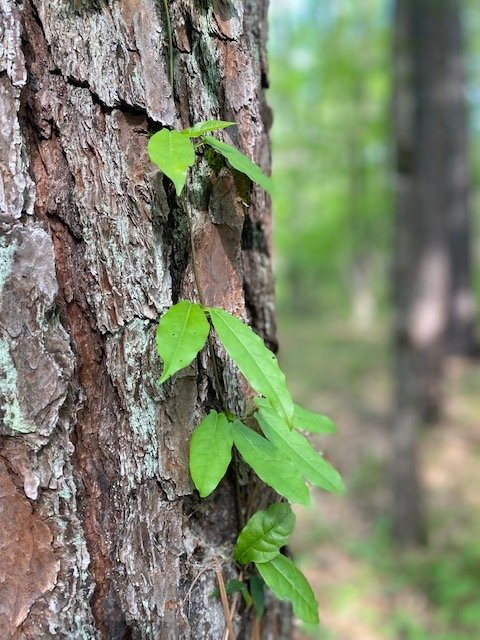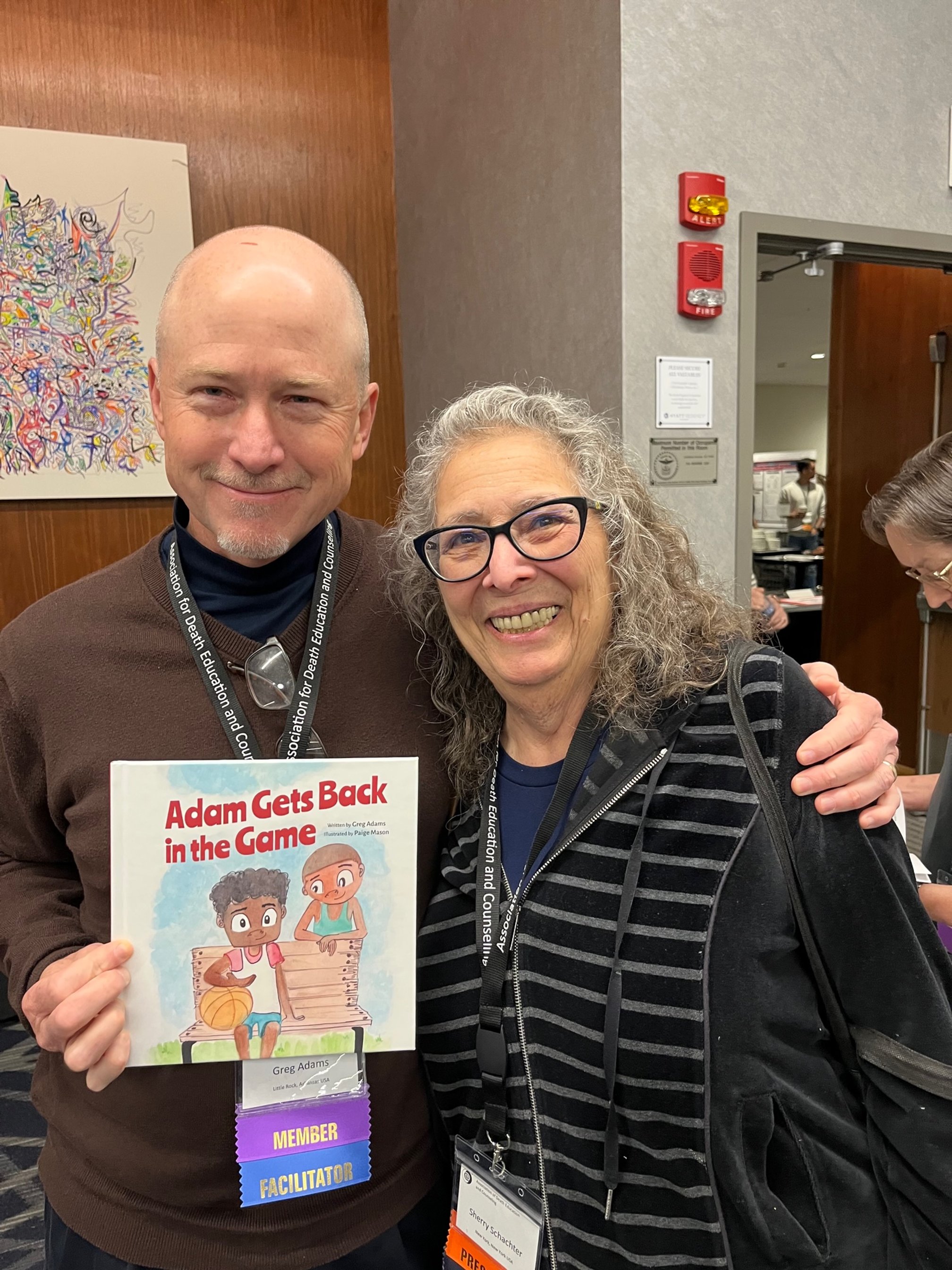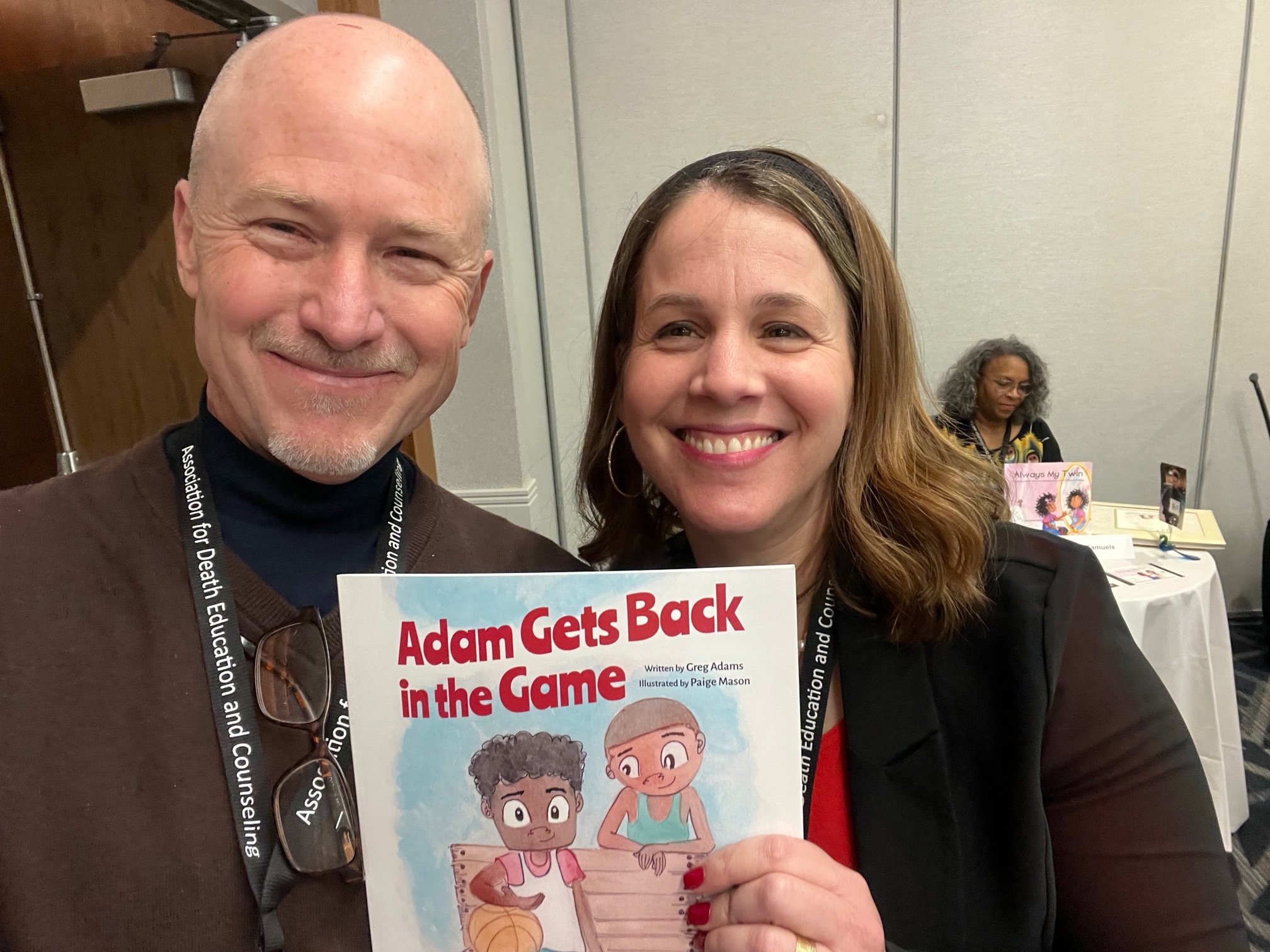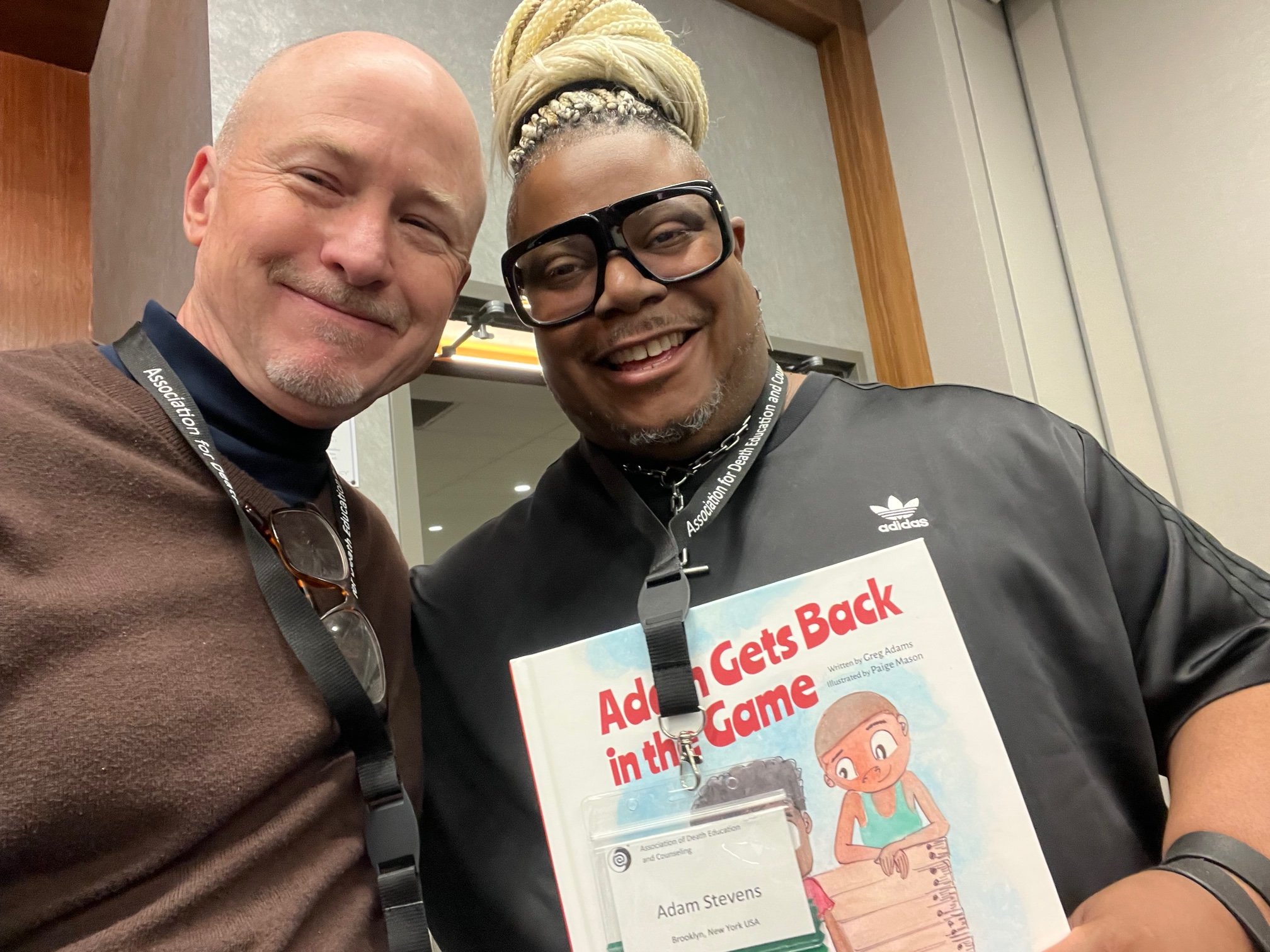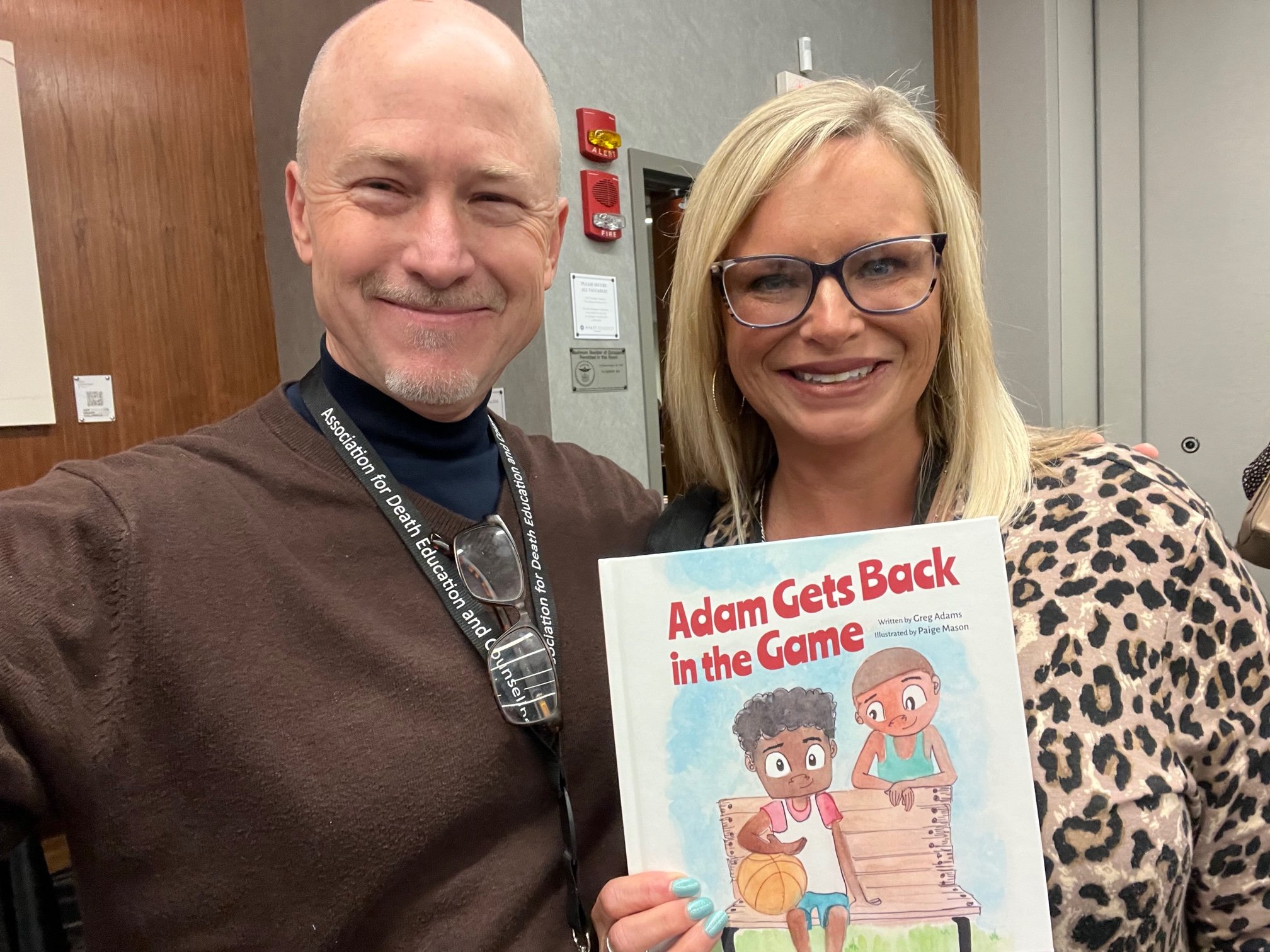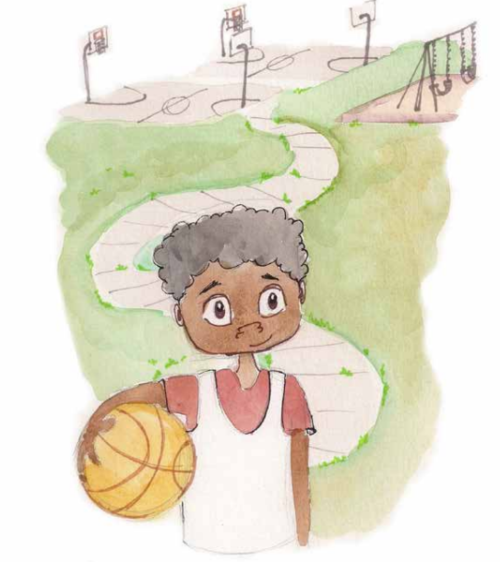Carter G. Woodson, historian of African descent initiated, “Negro History Week,” during the second week of February in 1926. In the later part of the 20th century, February became regarded as “Black History Month.” Woodson carefully selected the week in February to overlap with the birthdays of Abraham Lincoln and abolitionist and scholar Frederick Douglass. Abraham Lincoln celebrated his birthday on February 12th and Frederick Douglass estimated that he was born in February 1818 and celebrated his birthday on February 14th because he recalled that his mother referred to him as her “Little Valentine.” Abraham Lincoln is most recognized for the 1863 Emancipation Proclamation, and it was Frederick Douglass who influenced Lincoln to make freedom the blood that ran through the veins of the document and the pulse of the country.
Carter G. Woodson was adamant that Black people embody pride in their rich heritage and that America recognize and celebrate the contributions, achievements, and humanity of Black Americans. Woodson himself was born in 1875 to parents who were former slaves. In Woodson’s formative years, he worked on his family farm and later in the coal mines of West Virginia. Woodson’s thirst for knowledge led him to complete high school, become a teacher, and school principal. The years that followed the Emancipation Proclamation precipitated an American society still stained by racism, but with budding opportunity for education. Carter G. Woodson graduated with a bachelor’s degree from Berea College in Kentucky and then traveled throughout Asia and Europe, serving as a school supervisor in the Philippines.
Upon returning to the United States, Carter G. Woodson earned a master’s degree from the University of Chicago. Becoming the second African American after W.E.B. DuBois to earn a Ph.D. from Harvard University, Carter G. Woodson went on to make deep impact in higher education as faculty and dean at the esteemed Howard University. It did not take long for Woodson to realize that his work, and that of his African American peers and predecessors, was often ignored and omitted from scholarly discussions and texts. Woodson founded the Association for the Study of Negro Life and History in 1915 in Chicago. Additionally, Carter G. Woodson established the Journal of Negro History, now called the Journal of African American History.
I share this abridged biographical sketch of Woodson’s historical journey to give contextual understanding to why we enter February in recognition of Black History Month. People often cynically question why Black History Month is the shortest month of the year. As we approach almost a century from Woodson’s institution of Black History Month, the stories, contributions, achievements, and humanity of people of African descent in America continue to be largely unrecognized. The perpetual trauma of invisible humanity scars the embrace of the beauty of a month to intentionally reflect upon and express the stories of a people steeped in systematic adversity in a land that yet proclaims, “life, liberty and the pursuit of happiness.”
To this day, when I think of Black History Month, I think about school bulletin boards festooned in red, black, and green border paper and teachers assigning us to generate the content for the celebratory murals. I envision myself sitting at the kitchen table after school, with my thumb and pointer finger cuffed in the circular cold steel of the miniature safety scissors. Seated in the tangerine orange vinyl chair, I eagerly gazed at the oblong Formica table, strewn with Black History Month calendars distributed the month before by the community’s most formidable funeral parlors. I cut out the charcoal drawings of Mary McLeod Bethune and Ralph Bunche, designing a construction paper collage supplemented with images of business moguls from the pocket sized Jet Magazine, and pictures of fashion icons from the glossy and glamorous Ebony Magazine. Creative juices flowing, I arranged images of historical figures, modern entrepreneurs, and fabulous fashionistas, with the contrasting color of milky white glue and brush strokes of viscous rubber cement. When we arrived at school the following day, everyone would rush to the front of the room presenting their visual depictions of mixed media, “Black Excellence.”
As we step into Black History Month, let us honor the tapestry that WE are of, “Black Excellence.” The word history is derived from Latin and Greek, historia, an inquiry or narrative account, and histor learned, wise person. It is important to highlight the study of the past, but even more powerful to enliven the narratives and accounts that are omitted. Let us use the power of our voices and modern-day access to education, and literacy in documenting our stories through creative and scholarly publication. The ever-expansive tools for audio recording, and video documentation, allow us to capture our voices and images with the wisdom of the elders to inform our past, present and future. The literal and proverbial stages that we grace foster expression through dance, music, the arts, and more. The strength and agility of our bodies is exerted through athleticism and engagement with animals and the outdoors. Our attributes are infinite and of course cannot be captured in the 28 days of this shortest month, February. However, may we be inspired and encouraged to catapult into our year collectively, with the ancestral spirit of the abolitionist activism of Frederick Douglass who advised Abraham Lincoln to focus on freedom as the lifeline of the United States. Let us be grounded in love, and respect for ourselves and all people, evolving as a nation inclusive of the contributions of Black identified people and all people who shape and shift our country as American history..
Yours in service and L-O-V-E
love,
Pia J. Hargrove, LMSW, SIPI


